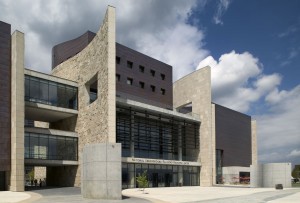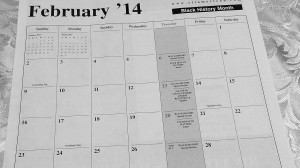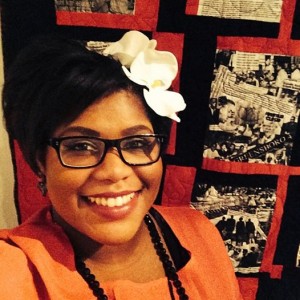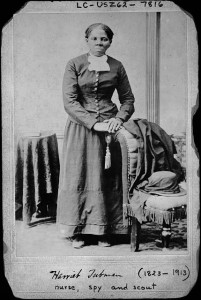The National Underground Railroad Freedom Center in Cincinnati celebrates African American History 365 days a year.
According to Assia Johnson, Public Relations and Social Media Coordinator
National Underground Railroad Freedom Center, the center is vital to the culture and history of African Americans. She said, “The National Underground Railroad Freedom Center is so important to all because it continues to reveal power stories from abolitionists, stories of courage, cooperation and perseverance and how they worked together to end institutionalized slavery in the South. These stories transcend time and cultures, providing us with guidance in how we can continue to ensure basic civil rights for future generations and end modern slavery.”
Opened in 2004, the National Underground Railroad Freedom Center is named after the Underground Railroad, a network of free blacks and white abolitionists in the 1800s (pre-civil war) that provided shelter, resting places, and guidance to runaway slaves escaping slavery from the south en route to freedom in the north. The best known of the Underground Railroad “conductors” is Harriet Tubman. By 1860 the former slave had led 300 slaves to freedom without ever losing a passenger, as noted on history.com
Situated across the river from Kentucky, Cincinnati was a key stop on the Underground Railroad for runaway slaves.

National Underground Railroad Freedom Center
Photo courtesy: National Underground Railroad Freedom Center
Johnson said, “The Freedom Center is located is Cincinnati, Ohio, right on the banks of the Ohio River. It is a physical reminder of the separation between a free state and a slave state. Our exhibitions, From Slavery to Freedom, and tours, the Solomon Northup Tour (Northup’s book inspired the movie 12 years a Slave) discuss the divide in depth.”
Natalie Hastings, Director of Strategic Communications for the National Underground Railroad Freedom Center states, “The National Underground Railroad Freedom Center celebrates heroes of black history not just in February but all year long. Through permanent and special exhibits in our museum, as well as online and in the classroom, we reveal stories about slavery and the Underground Railroad that educate and inspire.
At the Freedom Center, we tell the stories of African Americans alongside the stories of other freedom heroes of different races and backgrounds. When we educate about black history, ultimately, we educate about American history.”

Slave Pen Exhibit
National Underground Railroad Freedom Center
Photo courtesy: National Underground Railroad Freedom Center
For Black History Month we have a few special events: “Hate Crimes In The Heartland” movie and, And Still We Rise: Race, Culture and Visual Conversations (a display of quilts that tell the story of 400 years of the African American Experience in the United States from Frederick Douglass, to Mae Jemison, to President Obama).
Johnson said the National Underground Railroad Freedom Center is a place to come and research families, “Our historians and exhibitions team has a great resource, the Family Research Library, located on the fourth floor. The library is also open to the public, where they can research information about their family history.”
She added, “Our exhibitions focus on the history of antebellum slavery in the South and how a diverse group of abolitionist fought to end it. Our exhibitions also discuss contemporary history, such as the Civil Rights movement and modern-day slavery.”
African American History Month began as Negro History Week in February 1926. According to asalh.org, author and historian Carter G. Woodson, also known as the “Father of Black History,” created Negro History Week to celebrate the achievements and the history of African Americans. Woodson chose to celebrate it the second week in February to coincide with the birthdays of Abraham Lincoln and Frederick Douglass. Woodson believed they had greatly contributed to the shaping of African American history.
Black History Week became Black History Month in 1976 after President Gerald Ford officially recognized it. Every president since then has issued an African American History Month proclamation.
Today African American History Month is celebrated widely throughout United States, which according to the United States Census Bureau has an estimated population of 42 million people who identify themselves as Black or African American.



